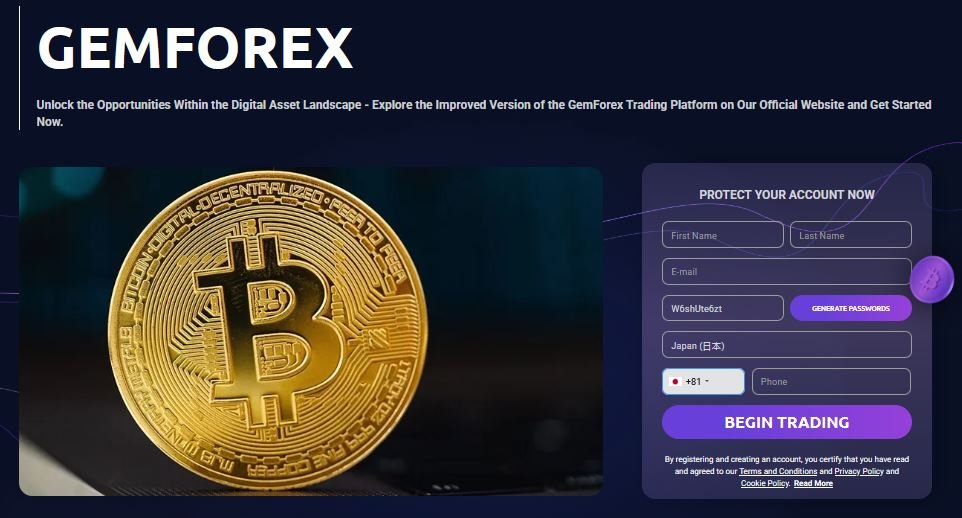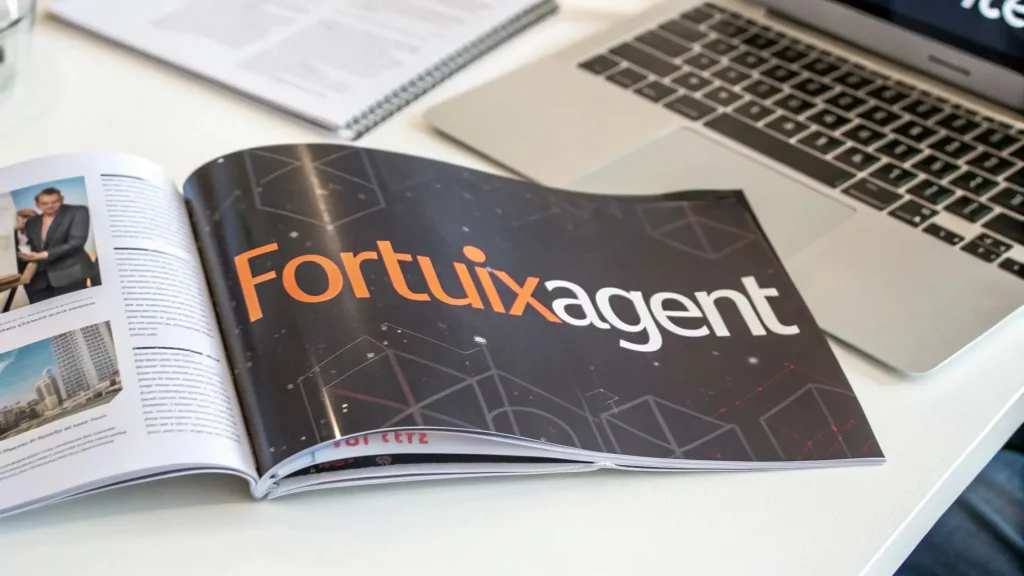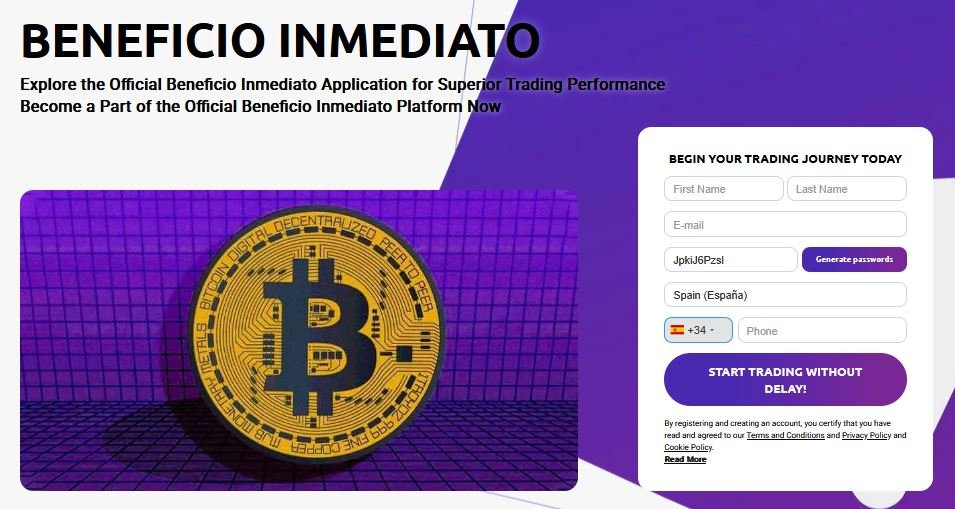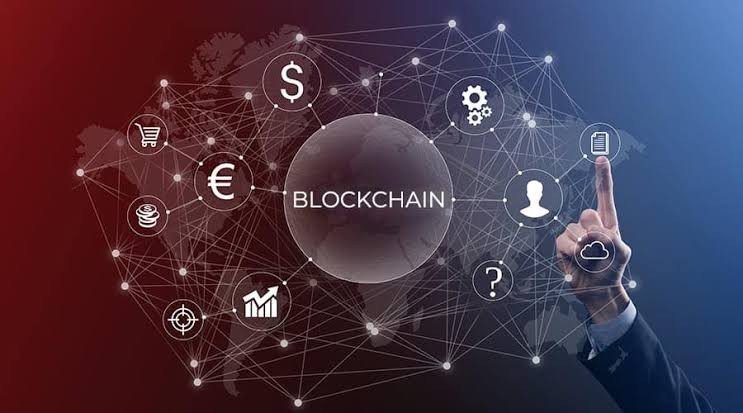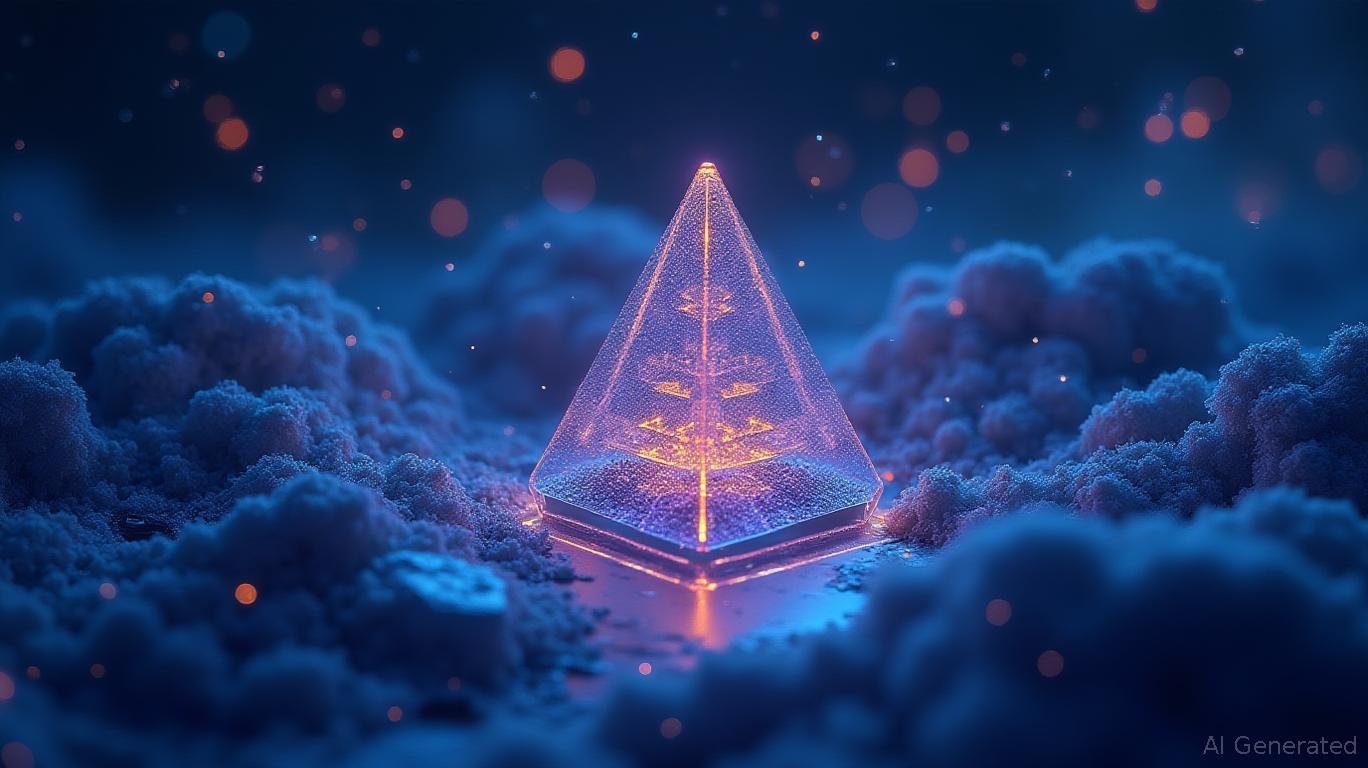Decentralized Applications: Why Everyone’s Talking About DApps in 2025
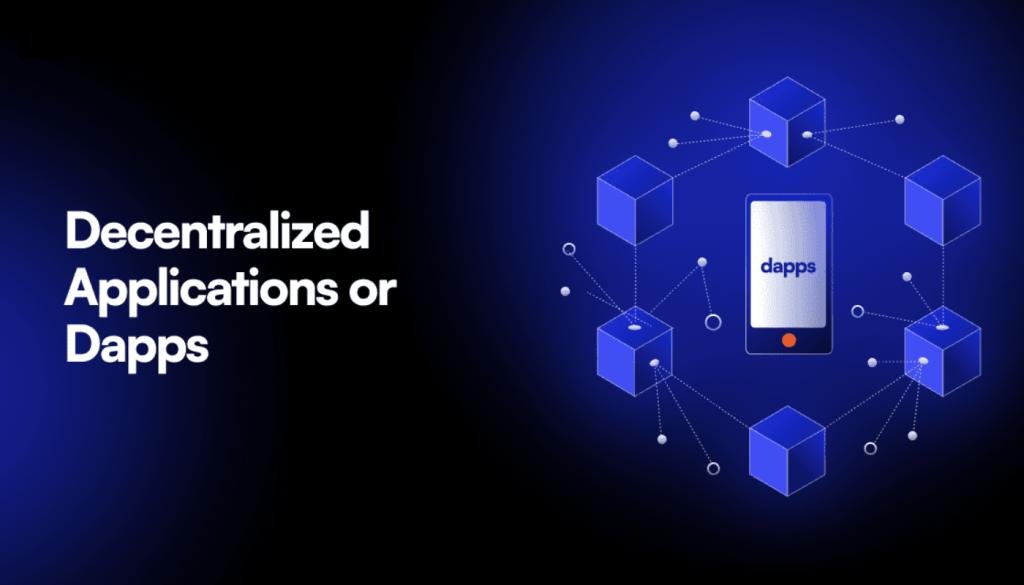
You’ve probably heard the term Decentralized Applications thrown around lately, especially with Ethereum 2.0 up and running and Solana back in the spotlight. Blockchain projects are getting more funding than most tech startups in 2010.
But are DApps worth your attention, or are they just another short-lived tech trend? Let’s unpack what’s going on.
What Exactly Is a Decentralized Application?
At the simplest level, a DApp is an app that runs on a blockchain network. That means it’s not hosted on a single server, and no one company controls it.
Instead, it runs on a distributed network of computers. There’s no gatekeeper, no central authorityjust code.
Once a DApp is deployed, it works based on smart contracts, which are self-executing agreements stored directly on the blockchain. The result? No third parties, no downtime, no manipulation.
How DApps Work in Real Life?
Every DApp relies on three key parts:
- A blockchain network like Ethereum or Solana
- Smart contracts to run the logic
- Front end for users to interact with (just like any app you already use)
When a user interacts with the DApp, that action gets recorded on the blockchain. It’s transparent, it’s permanent, and it’s peer-to-peer.
Why Are DApps a Big Deal Right Now?
DApps aren’t new, but their real growth kicked off after DeFi and NFTs exploded in 2021. Now in 2025, they’ve matured with improved UX, lower fees, and much better real-world use cases.
Here’s why they matter:
- Control Over Your Data
You’re not just the user, you’re also the owner of your data. No one’s selling it behind your back, and there are no central servers to get hacked.
- Censorship Resistance
DApps can’t be taken offline by one company or authority. If it’s on the blockchain, it stays there.
- Global and Borderless
Anyone with internet access can use a DApp bank, no borders, no delays.
What DApps Are Being Used For?
Not just trading coins anymore. Here’s where DApps are useful:
- Finance (DeFi)
Apps like Aave or Uniswap let you borrow, lend, and trade without middlemen. No bank account needed, just a crypto wallet.
- Gaming
Play-to-Earn is still alive now with AAA-level graphics and economies that work. Games like Illuvium or Star Atlas offer real ownership of in-game assets.
- Social Platforms
Web3 social media is gaining momentum. Platforms like Lens and Farcaster are trying to give users more control and transparency.
- Real Estate and Assets
Tokenised assets are a thing now. People are buying fractions of buildings, shares of companies, and even digital bonds through decentralized applications.
What’s New in 2025 for DApps?
This year, the big shift is towards usability. You no longer need to understand twenty crypto terms just to make a transaction.
Key trends include:
- Account abstraction makes wallets more user-friendly
- Zero-knowledge proofs for better privacy
- AI integration in DApps for automation and smart decisions
- Real-world asset tokenisation bringing traditional finance to the blockchain
These are not just experiments; they’re already live on major networks.
But Let’s Be Honest: What Are the Risks?
Decentralization doesn’t mean zero risk. DApps can still be built with bugs, smart contracts can be exploited, and scams still happen.
And if you lose access to your wallet, there’s no reset button. So, as always, stay cautious, use trusted platforms, and read before you click.




